Z-Notation Based Formal Specification for Container Control System
VerifiedAdded on 2023/06/05
|7
|793
|206
Report
AI Summary
This report provides a detailed explanation of using Z-Notation for specifying a Container Control System. The Z-Notation, a formal specification language, is used to model and describe the software system, leveraging mathematical notations like set theory and predicate logic. The report outlines the Z-Schemas for the Container Control System, covering aspects such as initialization, terminal management, delivery, and pickup operations. Specific operations like adding terminals, deliveries, and pickups are defined using Z-Notation, including preconditions and error handling. The report also includes operations for managing the queue, unloading ships, and finding terminals and freight companies. The conclusion emphasizes the role of Z-schemas in describing processes, conditions, and error statements within the container control system, offering a structured and formal approach to software specification. Desklib provides access to this and other solved assignments to aid students in their studies.
1 out of 7
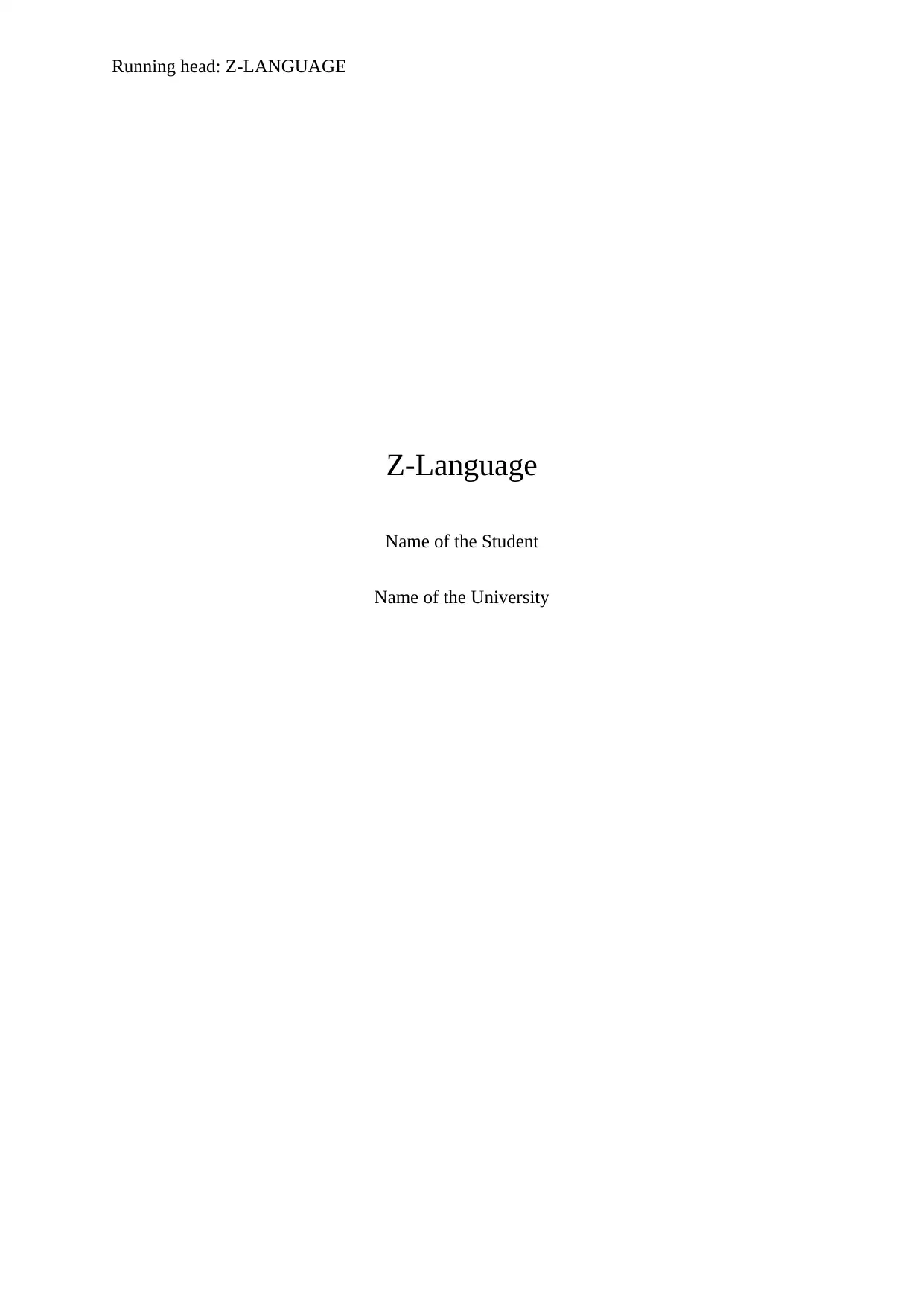
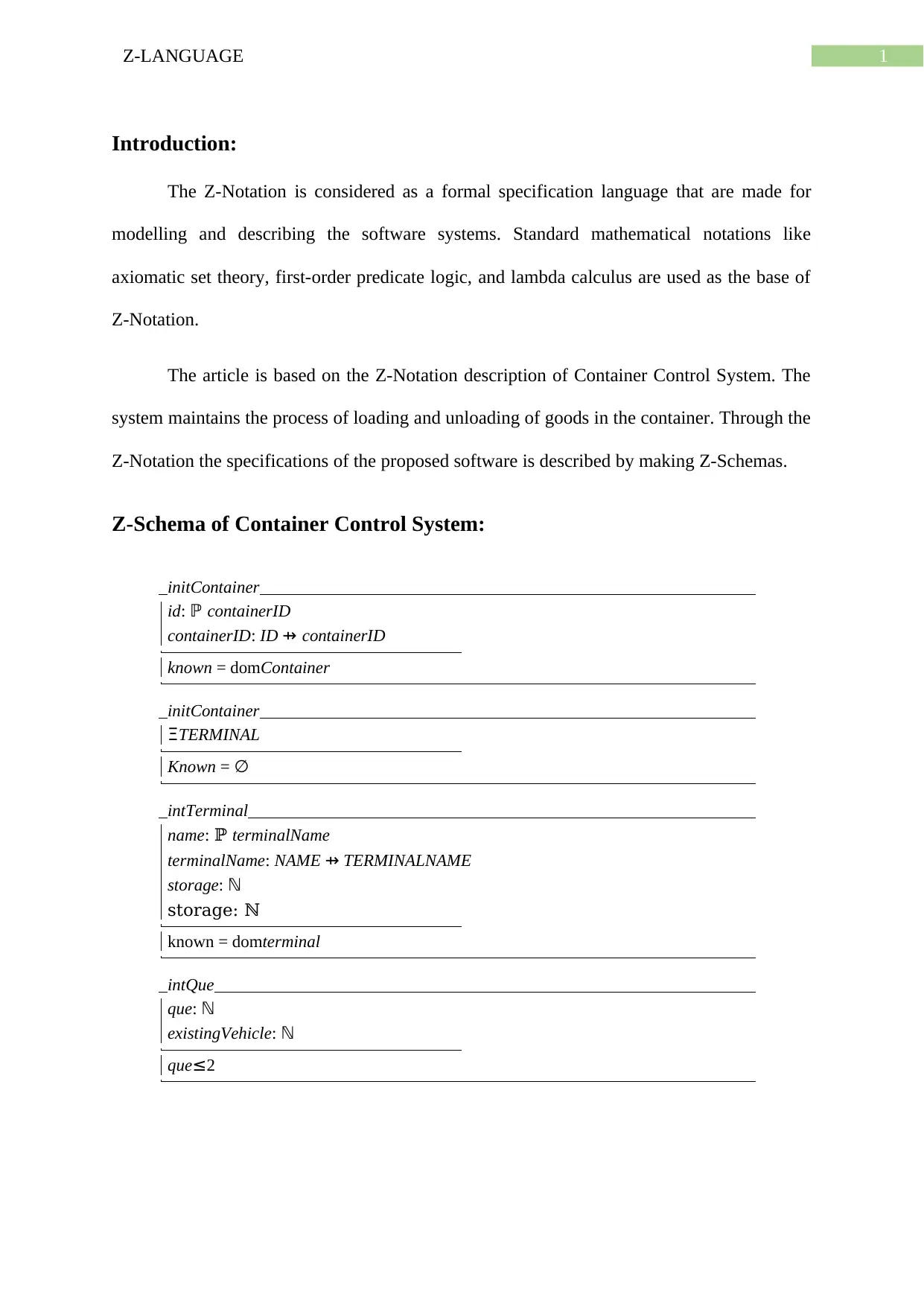
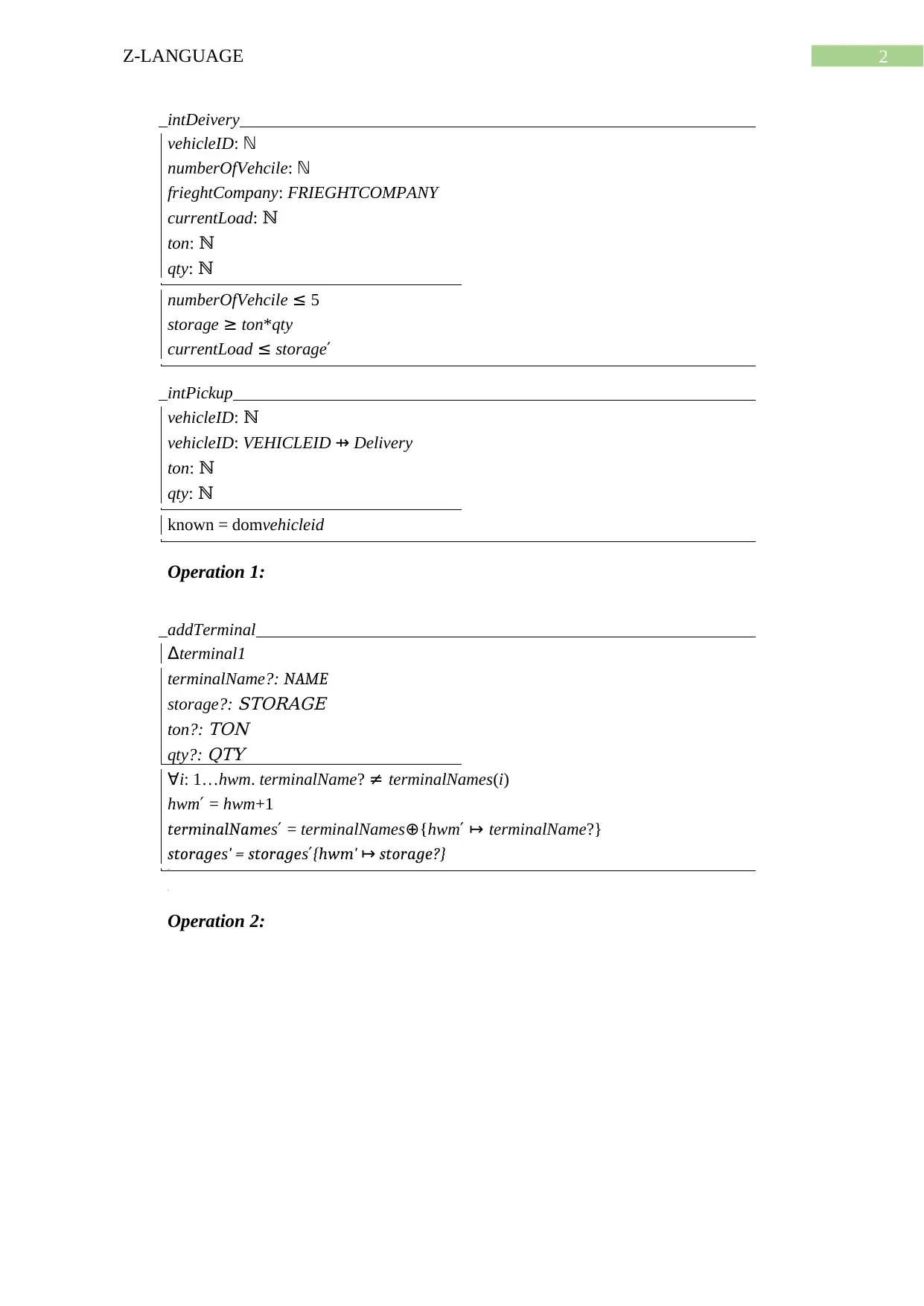

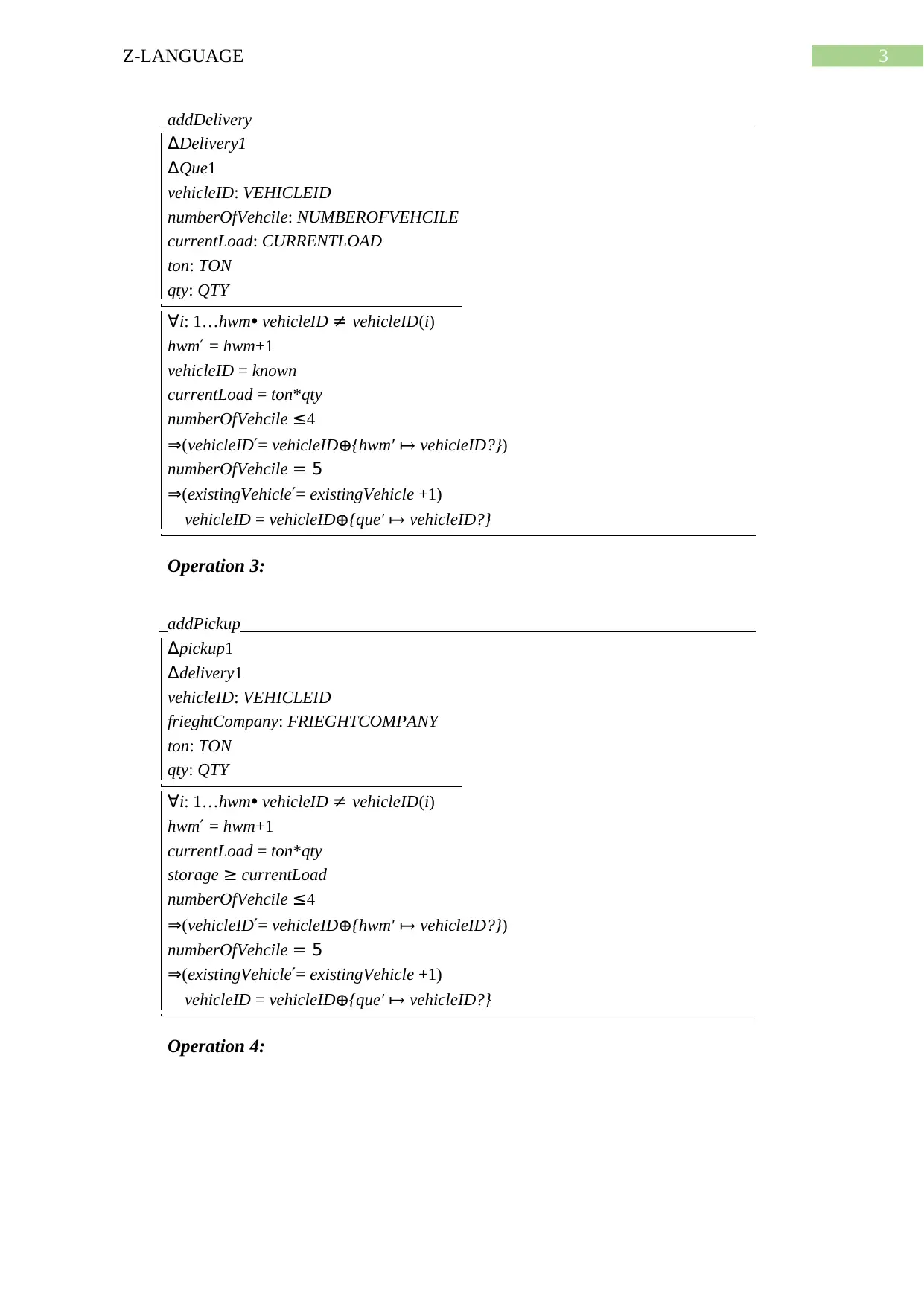
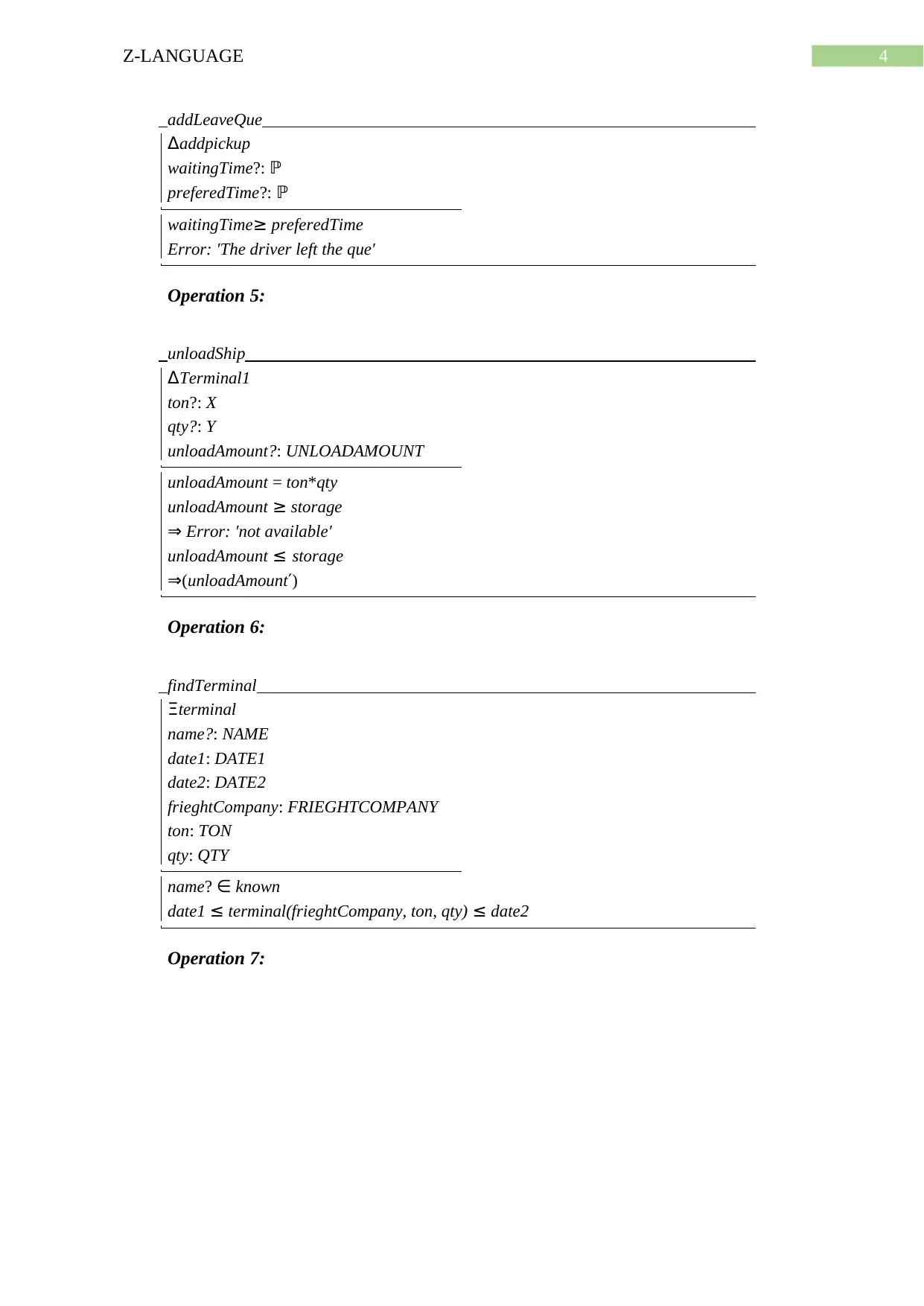
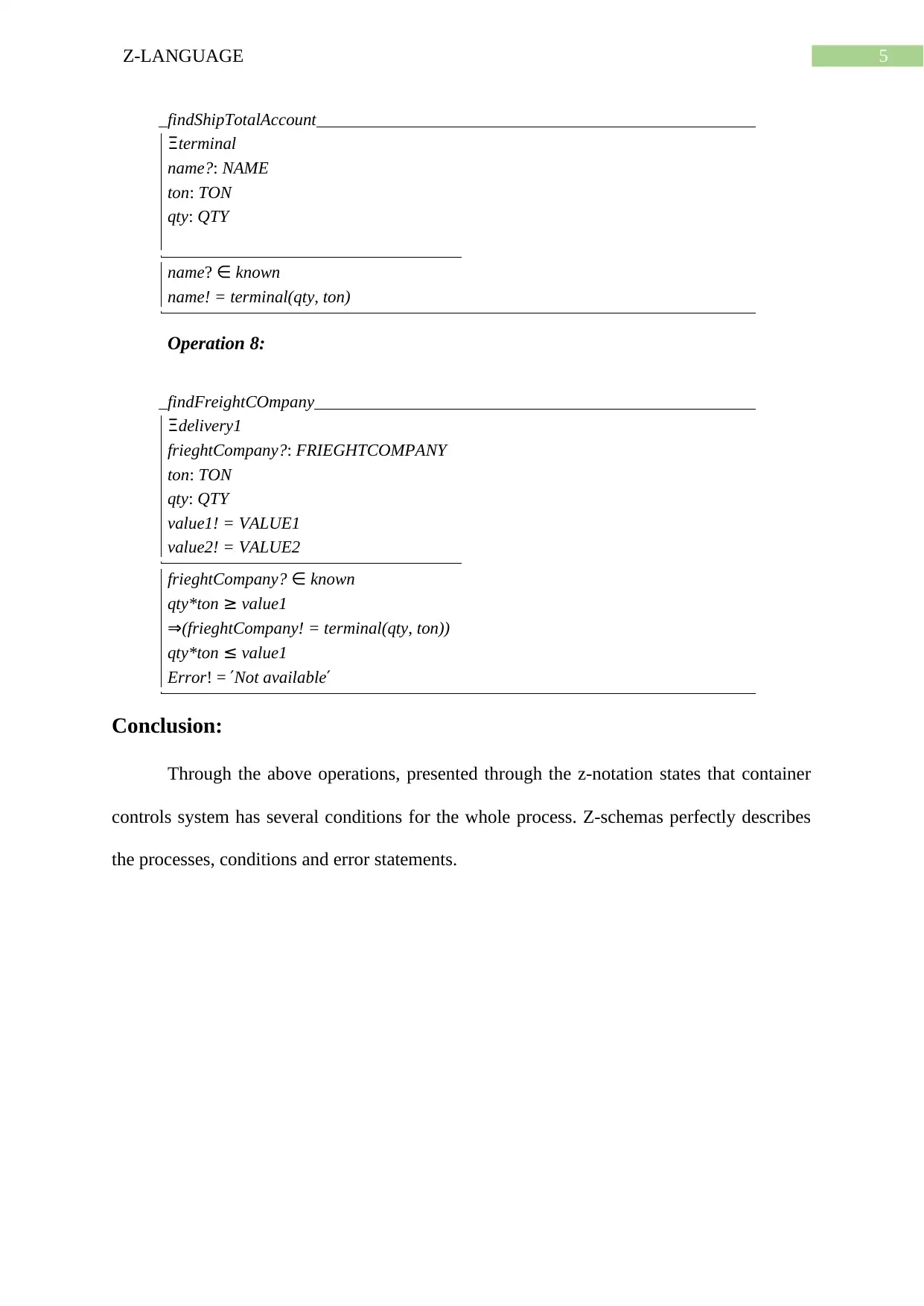
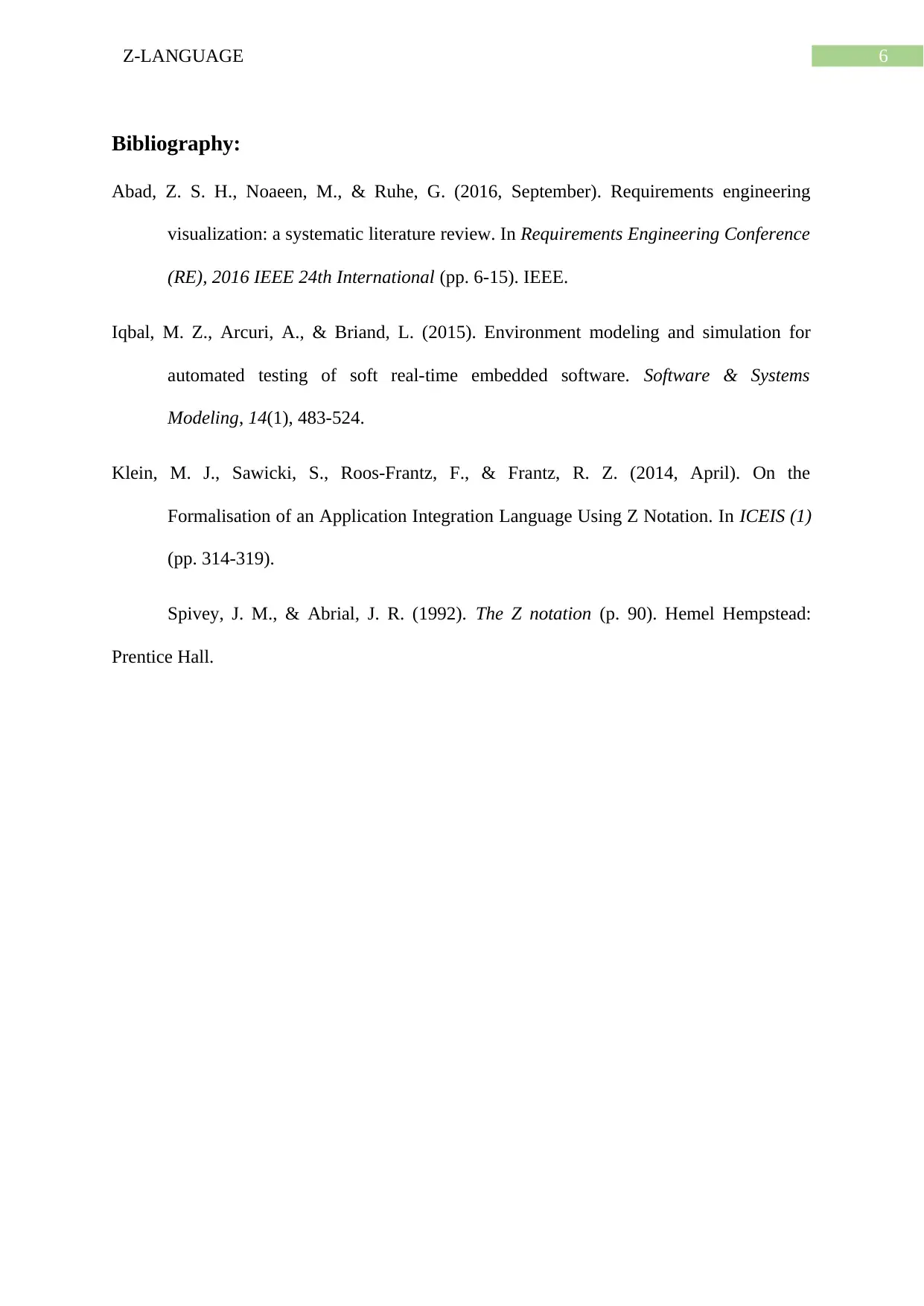





![[object Object]](/_next/static/media/star-bottom.7253800d.svg)